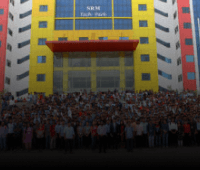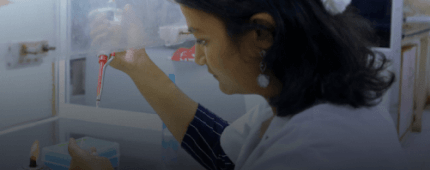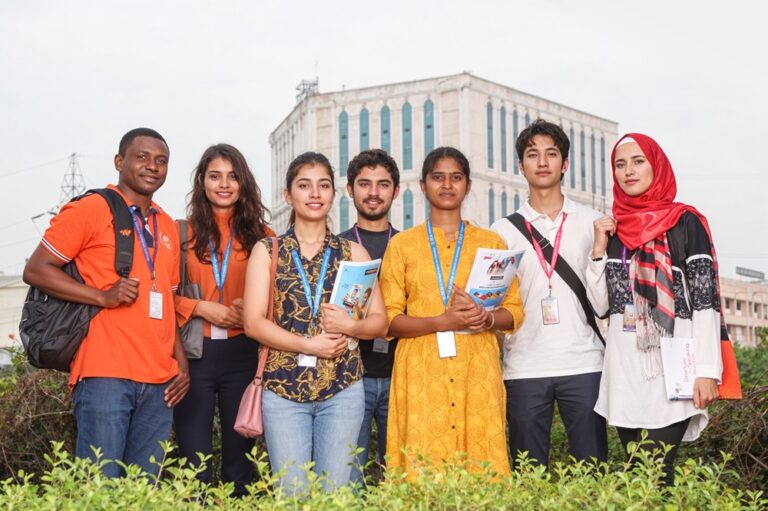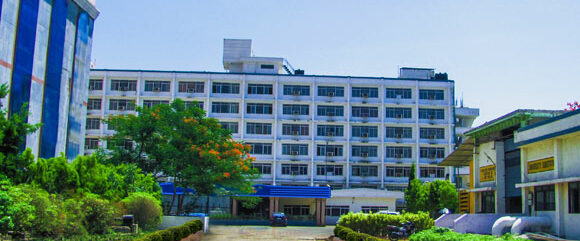Process Modelling And Simulation Lab
- Home
- Faculty of Engineering & Technology
- Department of Chemical Engineering
- Process Modelling And Simulation Lab
About the Lab
The Process Modelling and Simulation laboratory was established in 2015 to offer simulation expertise to undergraduate and postgraduate students, as well as research scholars. This lab is equipped with a fully air-conditioned computational facility that houses 50+ computers with licensed software such as Aspen Plus and Ansys CFD. It is solely dedicated to Chemical Process Simulations.
The lab is mainly utilized for lab-based theory courses such as Process Modelling and Simulation, Computational Techniques in Chemical Engineering, and Computer Aided Process Plant Simulation. The facility has a separate demonstration section that teaches students before they get hands-on experience.
The tutorials in this lab cover a range of topics, including property estimation, mass and energy balance of chemical engineering equipment, process optimization, flow sheet simulations, and process data reporting with a focus on cost and safety aspects. In addition, students use this laboratory for their minor and major project works.
Specifications
- Aspenplus
- Ansys CFD
Properties
- Determine the properties of pure components.
- Generate the VLE data and plot T-x-y and P-x-y diagrams
- Compute the boiling and dew points of the multi-components
- Determine the amounts of liquid and vapor at its boiling point.
Heater and mixer
- Determine the heat duty in the heater
- Calculate the inlet stream flow rate using sensitivity analysis
Heat exchanger
- Estimation of the heat duty for a heat exchanger.
- Calculate the outlet temperature of hot and cold streams
- Perform sensitivity analysis to find the minimum heat transfer area and intermediate temperature.
Pressure changers
- Determine the power required for the pump for liquid transportation.
- Calculate the power required for the compressor to increase the desired pressure.
- To minimize the pressure drop, perform sensitivity analysis to find the optimum split fraction.Identify a scheme to minimize the power required.
Separation units
- Estimate the mole fraction of acetone in the exit gas stream by changing the liquid-gas feed ratio.
- Determine the mole fraction of acetone in the raffinate by varying the solvent mass flow rate.
- Calculate acetic acid in the raffinate by varying the solvent-to-feed ratio and temperature.
Distillation column
- Using the DISTWU model, show the theoretical stages to reflux ratio at desired values of light and heavy key components in the distillate.
Reactors
- Compare the heat duty and conversion at the reactor outlet for different cases.
Optimization
- Predict the minimum volume of the two CSTRs to obtain an exit conversion of 60%
Flowsheet simulation
- Perform flowsheet simulation using the Aspen Plus simulator.
Research Facilities (ongoing Research)
- Transportation of crude oil through pipe lines.
- Numerical analysis on heat transfer behaviour in thermal processing of homogeneous liquids foods
















